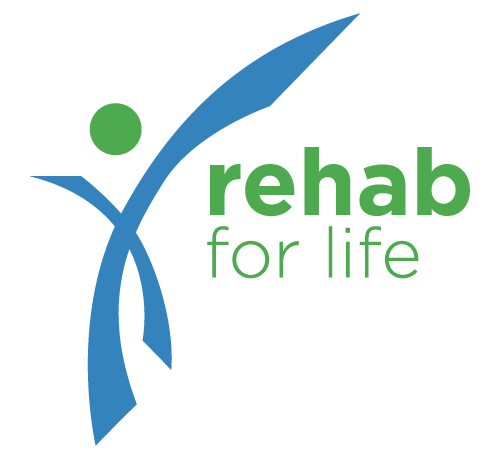Did You Know Physical Therapy Can Help Treat These Conditions?
Do you suffer from chronic pain or an injury? Have you exhausted all the conventional treatments but still don’t have relief? Have you ever considered physical therapy as a viable treatment option?
Physical therapy is a form of medical care that helps restore movement and function to those who have lost their mobility due to an injury, disability, or illness. It involves exercise, joint, and soft tissue mobilization, manual therapeutic techniques, and habit modification help.
Physical therapy can be used to treat conditions such as lower back pain, neck pain, whiplash injuries, joint pain, tendonitis, and other conditions. It can also help with post-operative rehabilitation after surgery. In this article, we will explore how physical therapy can help treat various conditions and discuss why it should be a consideration for individuals looking to reduce their chronic pain levels.
1. Sports Injuries
Sports injuries can range from minor sprains and strains to more serious fractures or ligament tears. Physical therapists can provide the necessary care to help athletes return to their sport as quickly and safely as possible. Treatment may include stretching exercises, strengthening exercises, manual therapy techniques such as massage or joint mobilization, balance training, gait training, and modalities such as heat or cold therapy.
Physical therapists also work with athletes on injury prevention strategies. This includes teaching proper warm-up and cool-down techniques before and after exercise; providing guidance on proper technique for specific sports activities; designing individualized programs for strength training; recommending appropriate footwear; and educating athletes on nutrition for optimal performance.
The goal of physical therapy is not only to help athletes recover from injury but also to prevent future injury by improving overall fitness levels. With the right treatment plan
2. Muscular Dystrophy
Muscular dystrophy is a group of genetic disorders that cause progressive muscle weakness and loss of muscle mass. Physical therapy can help people with muscular dystrophy maintain their strength, flexibility, and range of motion. Treatment may include stretching exercises, strengthening exercises, balance training, gait training, and manual therapy techniques such as massage or joint mobilization.
Physical therapists also work with patients to develop strategies to help them cope with their condition, such as energy conservation techniques and the use of assistive devices.
3. Arthritis
Arthritis is a common condition that causes pain, stiffness, and swelling in the joints. Physical therapy can help people with arthritis manage their symptoms and improve their overall quality of life. Treatment may include stretching exercises, strengthening exercises, manual therapy techniques such as massage or joint mobilization, balance training, gait training, and modalities such as heat or cold therapy.
4. Back and Neck Pain
Back and neck pain can be caused by a variety of conditions, including muscle strain, disc herniation, or spinal stenosis. Physical therapy can help reduce pain and improve mobility.
5. Limited Range of Motion (ROM)
Limited range of motion (ROM) is a condition in which a person experiences difficulty in moving their joints or muscles to the full extent of their normal range. This can be caused by overuse, trauma, or even age-related issues. When the body is under too much stress, it can cause swelling and tenderness in the affected areas, leading to limited ROM.
Physical therapy is an effective way to improve limited ROM. Through stretching and strengthening exercises, physical therapists can help restore joint flexibility and muscle strength. They may also use manual techniques such as massage and joint mobilization to reduce pain and improve mobility.
6. Vertigo
Vertigo is a condition that causes a sensation of spinning or dizziness. Physical therapy can help reduce symptoms and improve balance. Treatment may include vestibular rehabilitation exercises, balance training, gait training, manual therapy techniques such as massage or joint mobilization, and modalities such as heat or cold therapy.
7. Carpal Tunnel Syndrome
Carpal tunnel syndrome is a condition that causes pain, numbness, and tingling in the hands and fingers. Physical therapy can help reduce symptoms and improve function. Treatment may include stretching exercises, strengthening exercises, manual therapy techniques such as massage or joint mobilization, balance training, and modalities such as heat or cold therapy.
8. Headaches
Headaches can be caused by a variety of conditions, including muscle tension, stress, or poor posture. A proper physical therapy treatment plan can help increase neck mobility and strengthen your upper back muscles.
9. Chronic Fatigue Syndrome
Chronic fatigue syndrome is a condition that causes extreme fatigue and exhaustion. Physical therapists work with doctors to formulate a treatment plan with endurance training tasks to help reduce symptoms.
10. Respiratory Issues
Respiratory issues can be caused by a variety of conditions, including asthma, COPD, and bronchitis. Physical therapy can help strengthen your lungs with diaphragmatic breathing exercises.
11. Joint Replacement
Post-operative care for joint replacement surgeries can help provide adequate relief from pain, strengthen the muscles around it, and help improve function & mobility.
12. Parkinson’s Disease
Parkinson’s disease is a neurological disorder that affects movement. Physical therapy can help people with Parkinson’s disease improve their condition with resistance strength exercises.
Get Started Today
Rehab For Life provides excellent service and care, continuing to demonstrate our commitment to our patients and community. Contact us today to get started!





